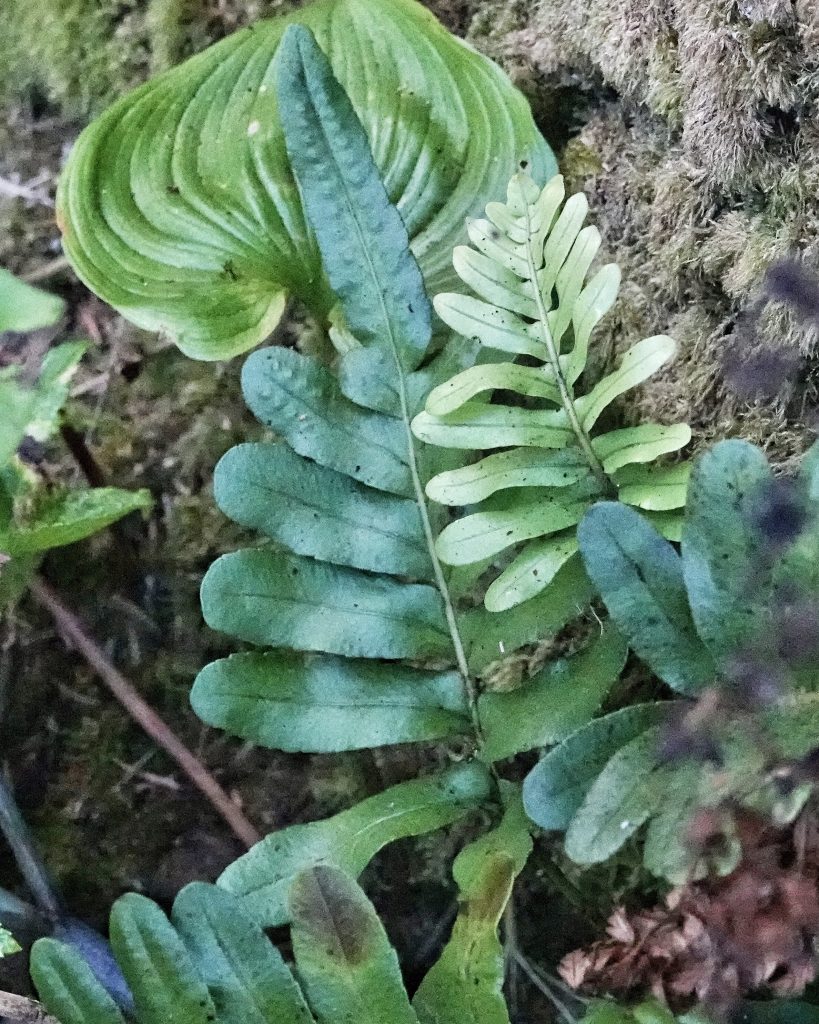
I made a mistake on my recent trip to the coast by assuming that all of the Polypodium to be found where one can hear the roar of the surf were Polypodium scouleri, and I’m still convinced that most of it was P. scouleri. However some of it may well have been P. calirhiza, a fertile tetraploid hybrid of P. glycyrrhiza and P. californicum. In my defense, neither of the field guides that I own that address ferns, nor ‘Pacific Northwest Ferns and their Allies’, so much as mention either P. calirhiza or P. californicum, although a more detail oriented naturalist would have at least glanced at ‘Flora of Oregon’ or ‘Flora of the Pacific Northwest’, since as soon as I did (looking for the technical ways to differentiate P. scouleri from the other Polypodium spp.) it was an obvious possibility. But, since I segregated all of the photos that were possibly P. calirhiza, I am now sure that everything displayed in this profile is Polypodium scouleri.
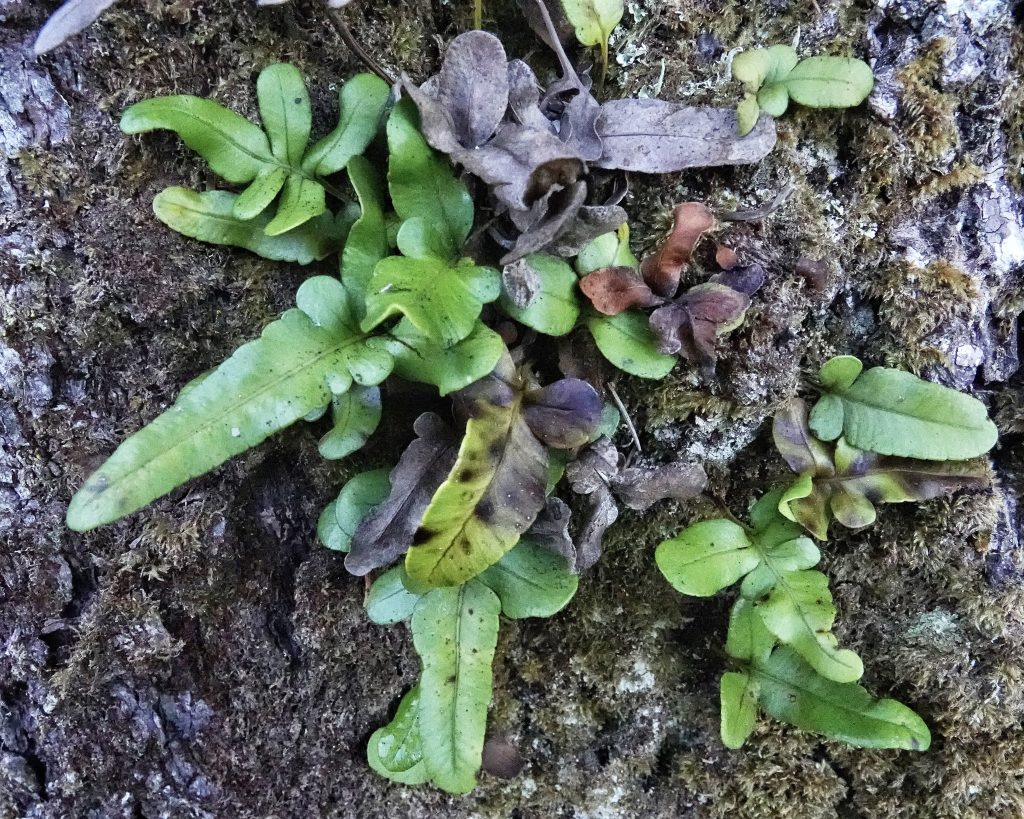
But, as near as I can ascertain, if you are on a beach, with nothing between you and the surf except sand, rock, and driftwood, and you find ferns with once pinnate, sessile pinnae, then they are either P. scouleri or P. calirhiza, and if they have long, blunt or rounded tipped pinnae, or you are north of Lincoln City, Oregon, you can rule out P. calirhiza. Having said that, one may also find Polypodium scouleri some distance inland, because it’s not reliant on salt spray for its survival, just much more tolerant of it than most other ferns.
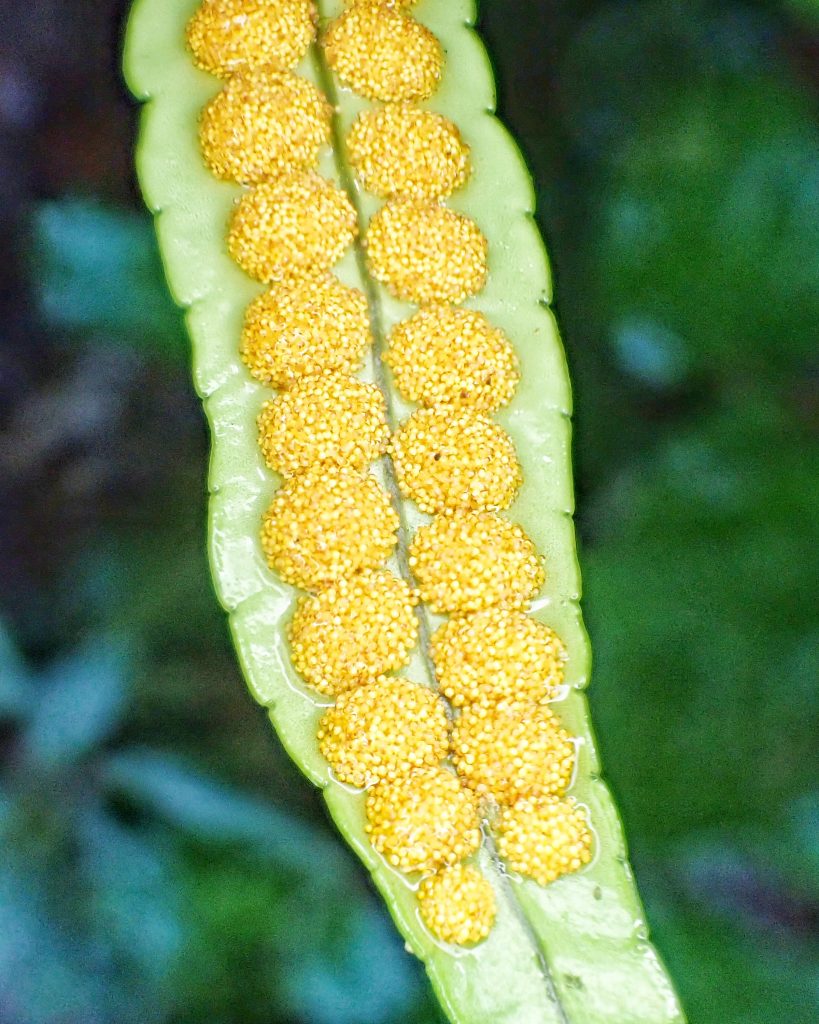
Polypodium scouleri is a member of the family Polypodiaceae, and goes by the common names leathery polypody, Scouler’s polypody, coast polypody and leather-leaf fern. The only ethnobotanical uses I can find are that the children of the Hesquiat tribe chewed the rhizomes as a candy, and the Makah used it in some way for food.
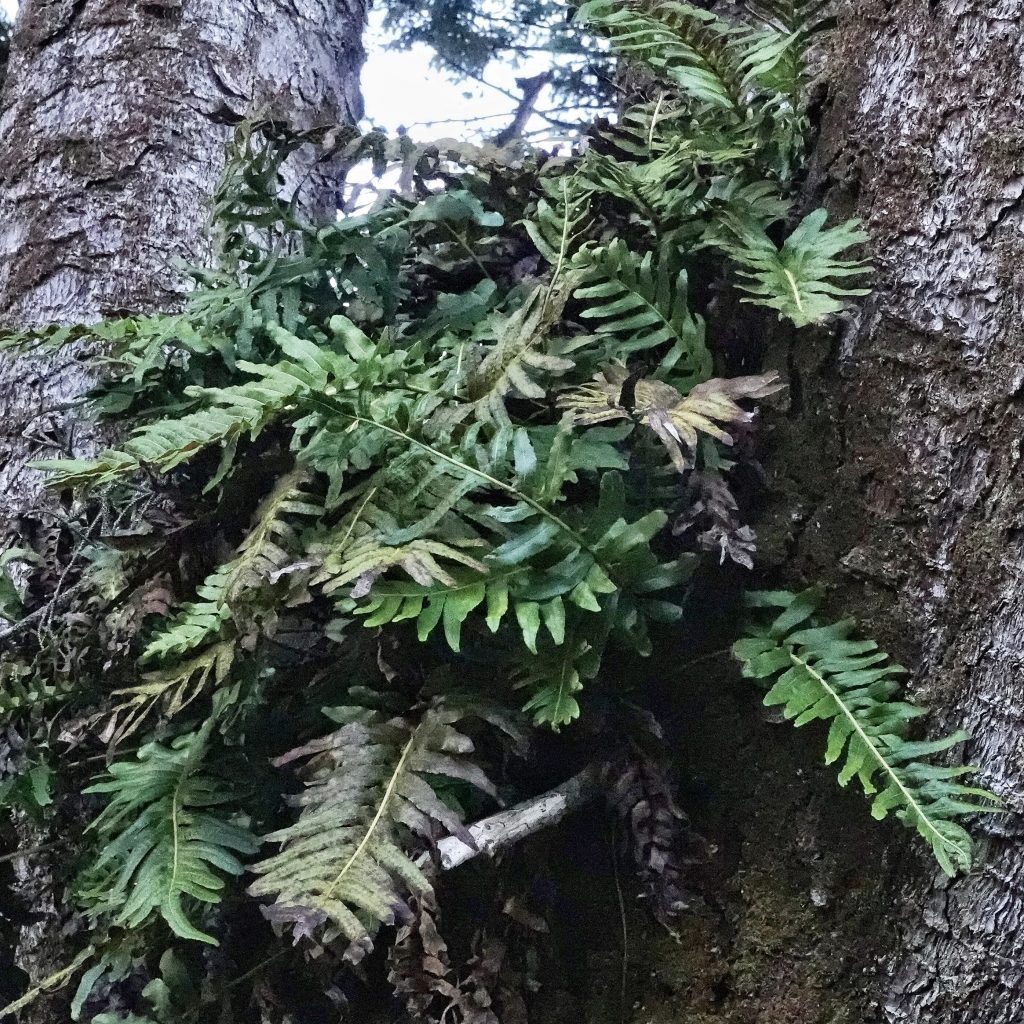
The thing about P. scouleri that thrills me when I find it is not its connection to the rest of the ecosystem, since I can’t seem to find any information on what may eat it, or shelter within its growth (although I am sure there are organisms that do one or both). What I love about this fern is its hardiness, its tenacity, its evolved adaptation to a harsh environment, and the way that whatever it is that makes an organism alive moves through it toward growth and reproduction. It occupies its niche and thrives there, regardless of whether it’s ‘useful’ to any other member of the community.
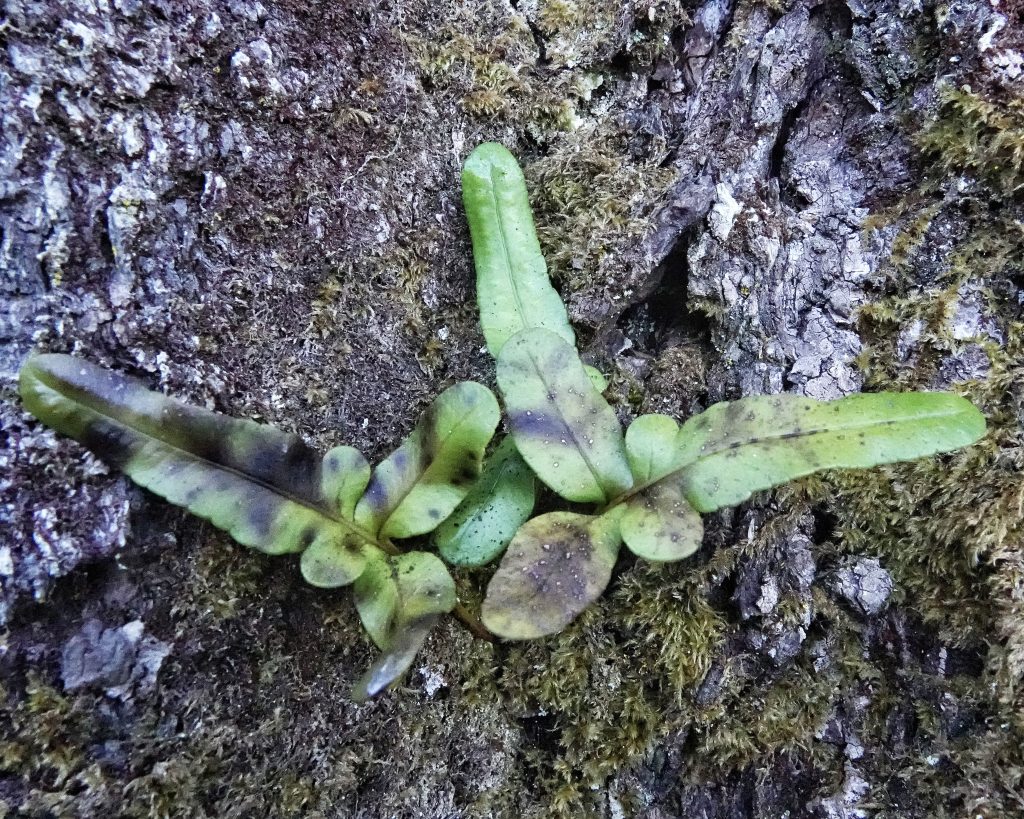
Description-Medium sized (fronds may be up to 20” long) dark green fern with leathery, once pinnate, sessile pinnae that have a rounded tip; pinnae have veins forming loops (anastomosing), lateral pinnae may be up to 4”long by an inch wide, and the terminal pinna is usually longer; sori are round, over 3mm in diameter, and next to the midrib
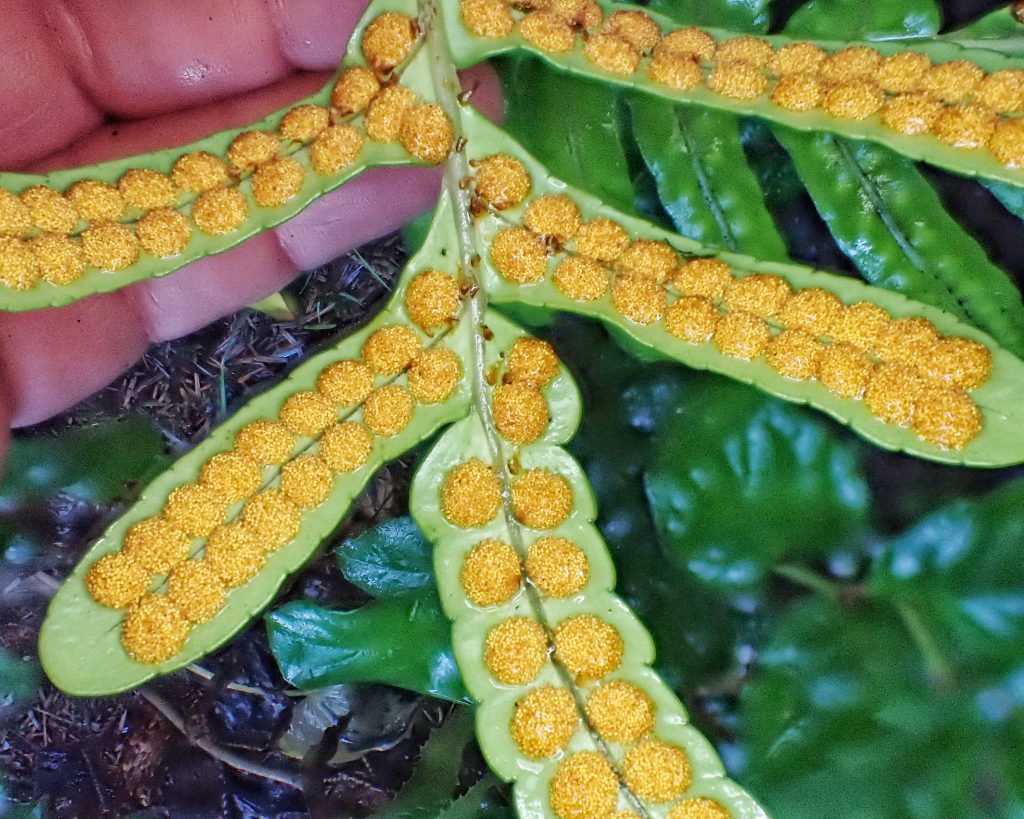
Similar species– Polypodium calirhiza and P. glycyrrhiza (licorice fern) have sori less than 3mm, mostly pointed pinnae, pinnae veins are not all loops (though there may be some looped veins in P. calirhiza); P. hesperium and P. amorphum have shorter pinnae that are thinner and less leathery, and do not grow on the immediate coast; Struthiopteris (Blechnum) spicant (deer fern) have sterile fronds lacking sori, with fertile stalks growing from the center of the rosette; Polystichum munitum (sword fern) have pinnae on short petioles.
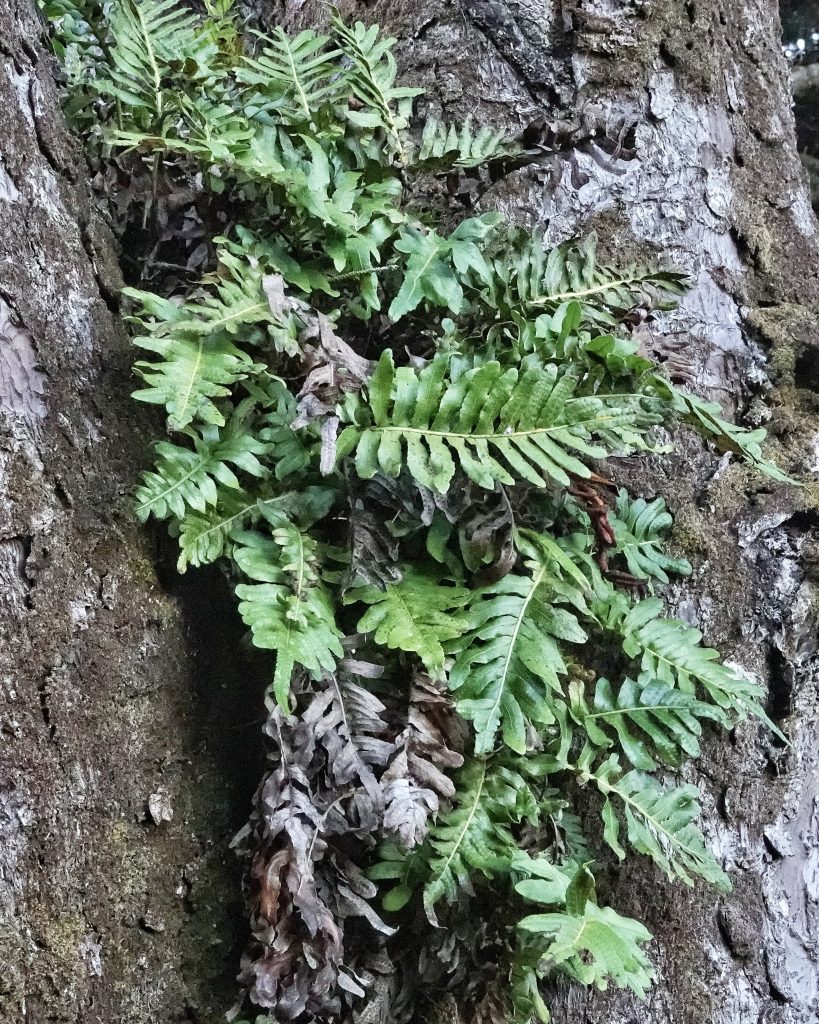
Habitat-Epiphyte of trees and rocks near and on the coast, often within sight of the surf, but also occasionally found slightly inland and/or growing in soil; highly tolerant of salt spray.
Range-Immediate and near coastal areas from BC to Baja
Reproductive timing-Spores mature and release from mid fall into spring
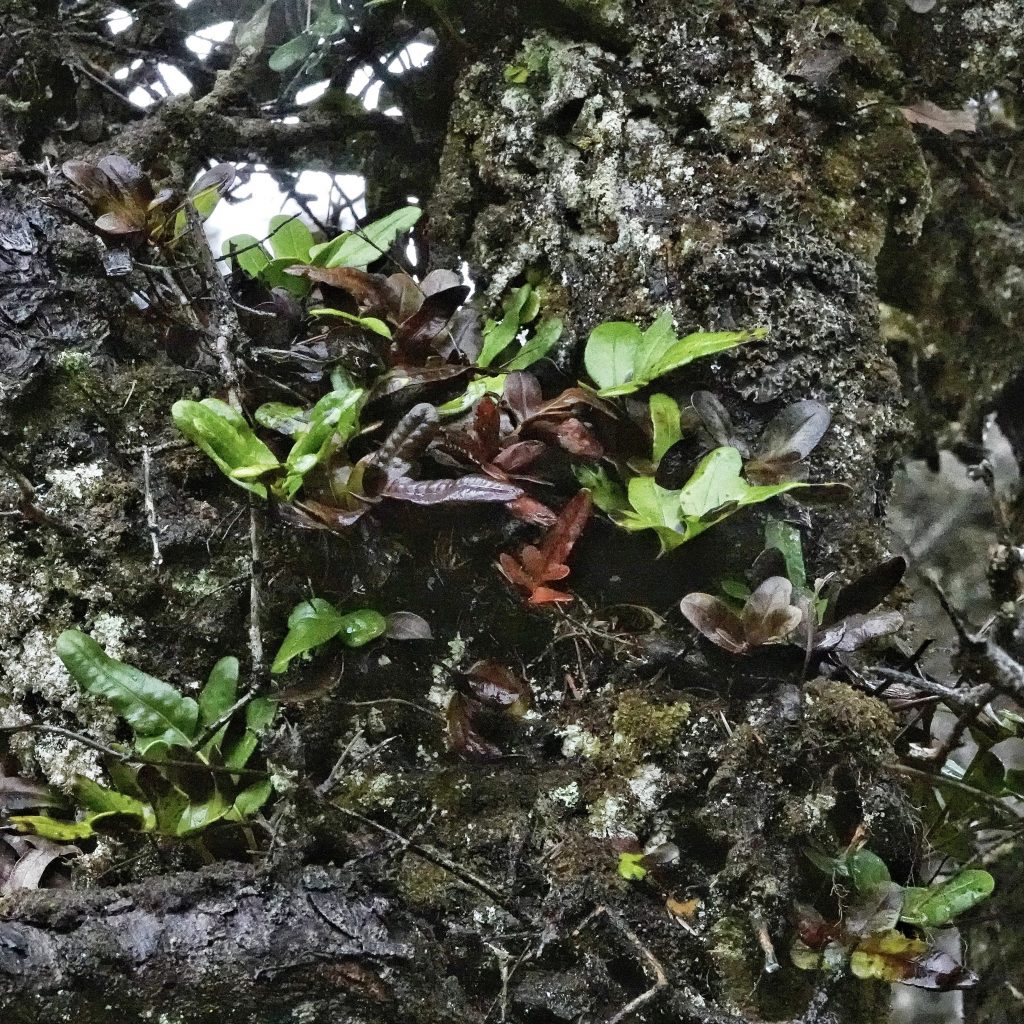
Eaten by-I can find no record of anything that eats this fern.
Etymology of names–Polypodium means ‘many footed’ in Latin, and refers to this genus’ propensity for springing up from rhizomes. The specific epithet scouleri honors John Scouler (1804-71), a Scottish physician, explorer, and naturalist who accompanied David Douglas on several of his excursions.
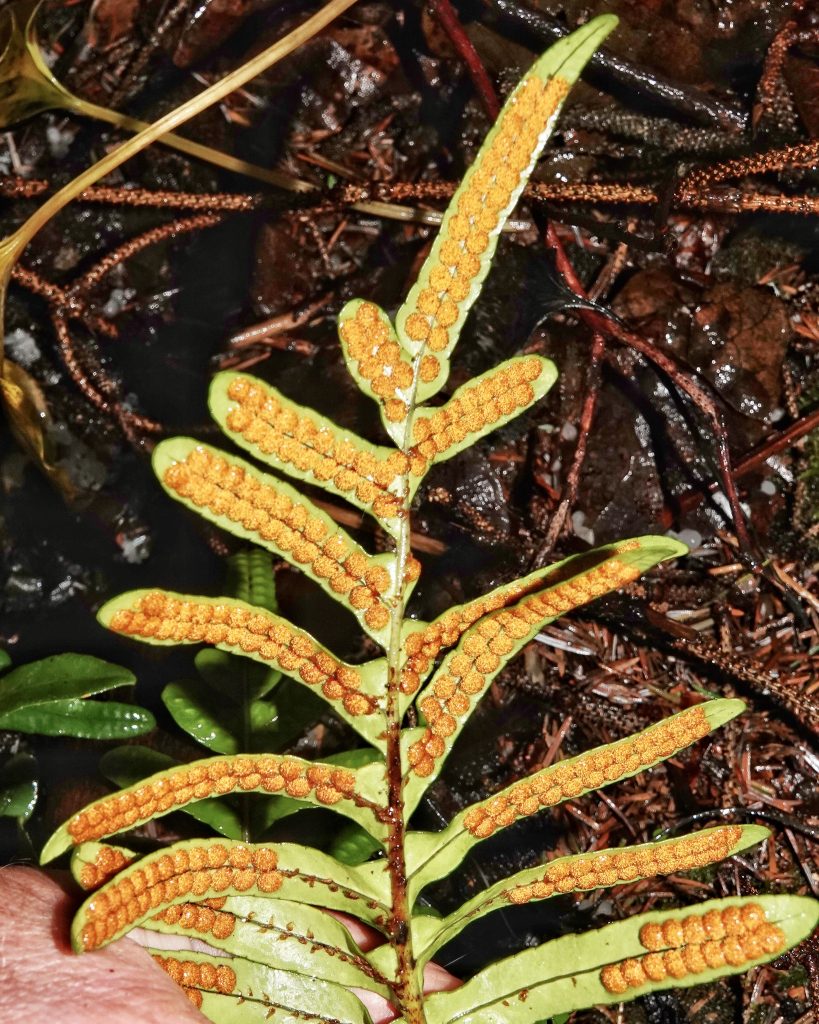
OregonFlora Polypodium scouleri
BRIT – Native American Ethnobotany Database
https://ucjeps.berkeley.edu/eflora/eflora_display.php?tid=39364
John Scouler (U.S. National Park Service)
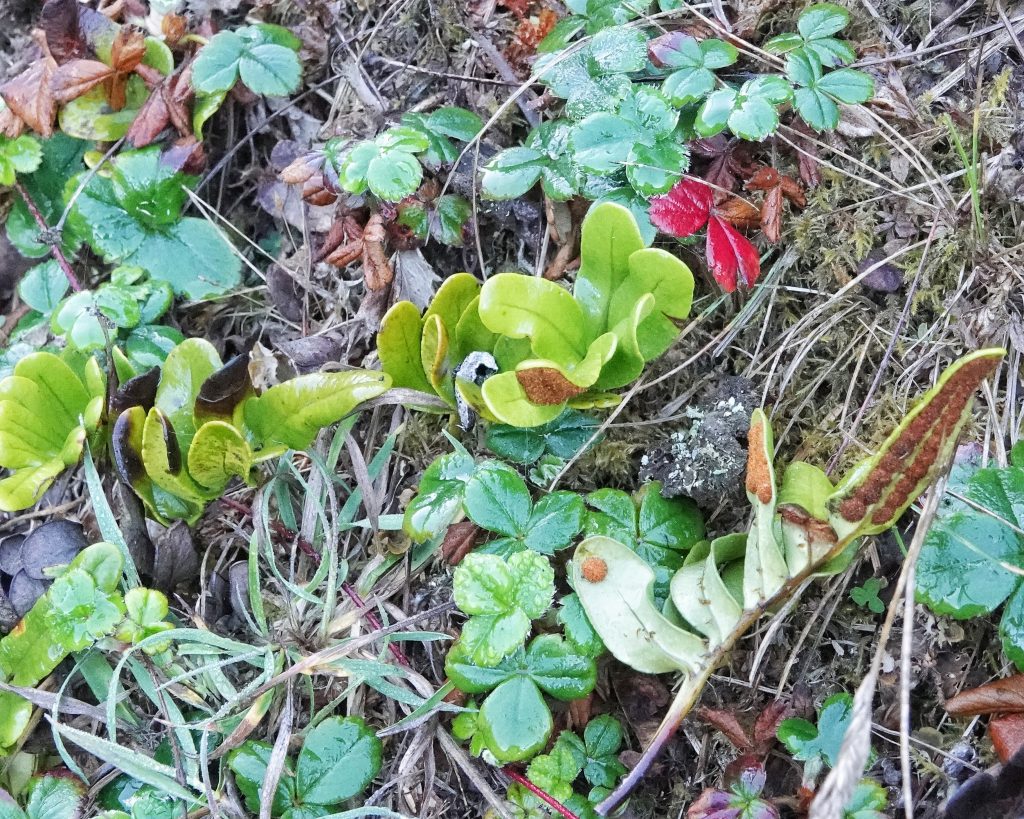
Sometimes when things don’t seem to have some logical nitch in the environment, I remember something someone once said, nature is lazy, she doesn’t make what she doesn’t need. We, with our huge brains want to believe everything has a purpose. Nature already knows it’s purpose even though we may never understand it.
Possibly true, Steve, although what I was trying to get at is that survival of the individual is all the purpose that it needs. It was an, apparently heavily veiled, validation of those whom society views as useless.
P. glycyrrhiza and P. scouleri are my 2 favorite plants. Always looking for more!
Neat post. Thanks for sharing. We have a lot of this along the trail up to Heceta Head Lightstation (I volunteer there in the summer as a nature ranger). People sometimes mistake it for licorice fern (Polypodium glycyrrhiza).
Thanks! Have you ever seen P. calirhiza there?
I’m not sure. I have one fern I photographed that I was not able to identify (in June of 2021). I sent the photos off to my botanist friend (who works in that area) and he was not sure…was going to get back to me and never did, now that I think about it). I went to look at photos of P. calirhiza online and it is similar to what I saw, but I don’t think it is a match. I’m going to upload the photos (which I just went back and found) and put them on iNaturalist and see if anyone knows…I can email you the photos and let you know when I get an answer if you like.
That would be great! Recreationalnaturalist@10000thingsofthepnw.com
Thanks!
P. glycyrrhiza and P. scouleri are my 2 favorite plants. Always looking for more! For two years, I have been searching for them from Bellingham to south of Seattle – can’t find any. Suggestions?
Hi Nancy. If you mean more to plant, I can’t help because I’m not a gardener. If you mean more to see, P. glycyrrhiza is abundant in all of the lower elevation woodlands I frequent, and P. scouleri should be common along the coast, including the Puget Sound.